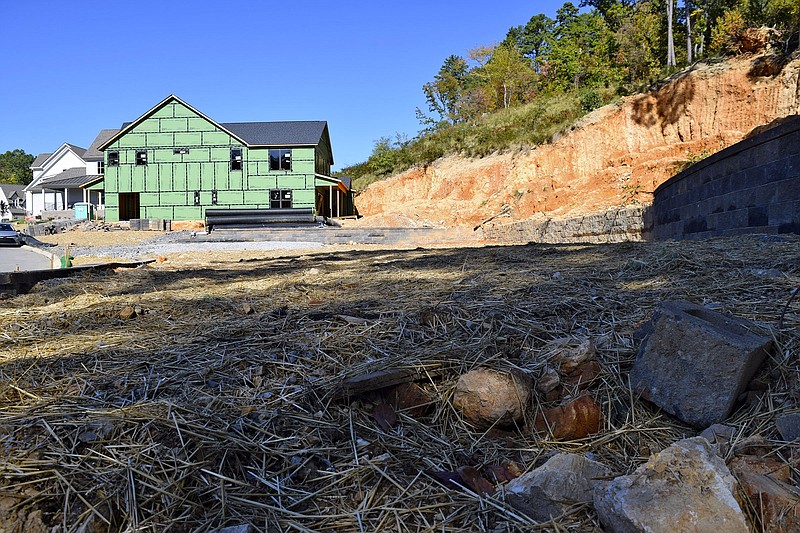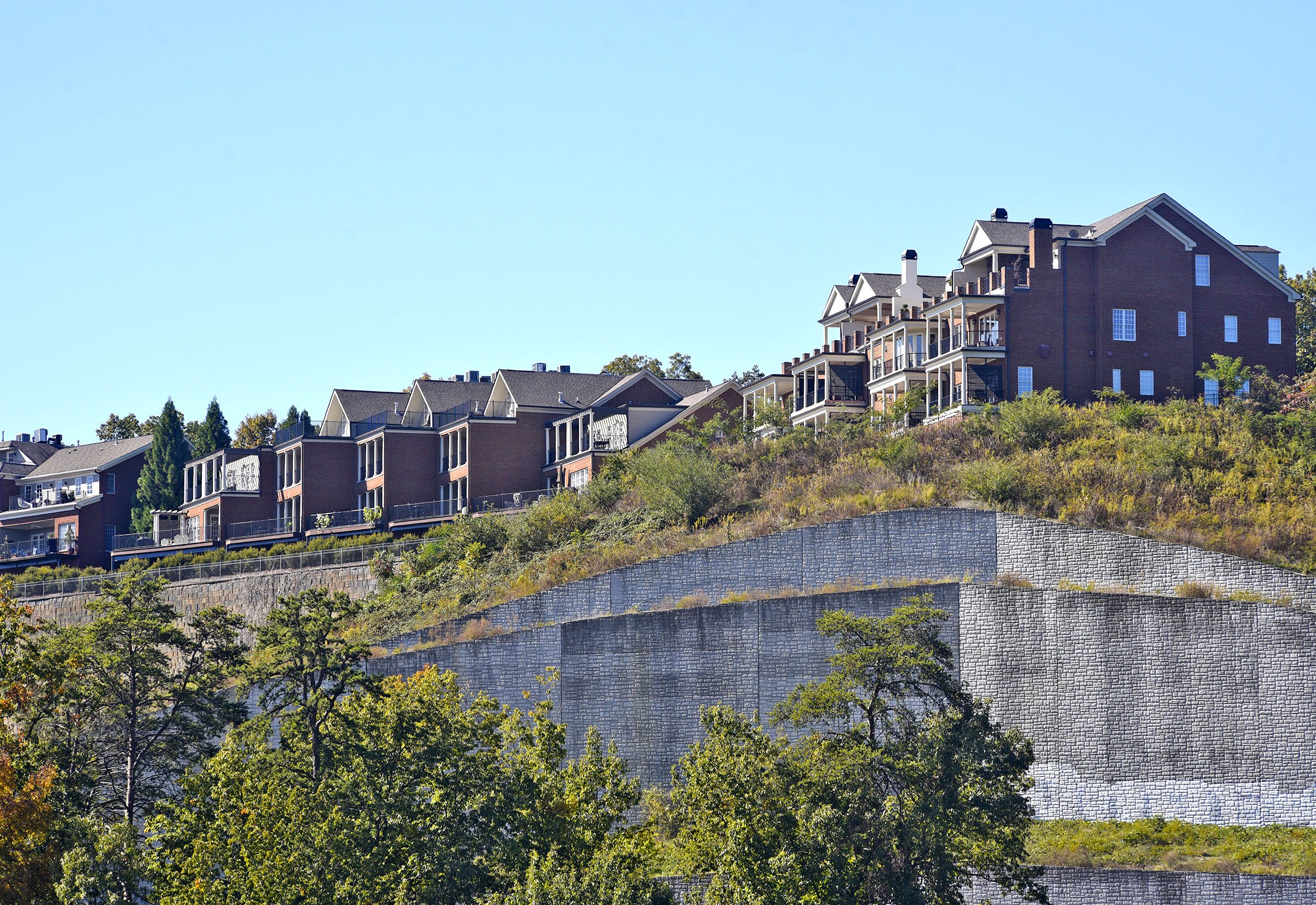Raising affordable housing in Chattanooga could become more expensive if a slate of proposed new regulations are passed related to building on steep slopes and floodplains, an association says.
"The initial indication would be that based on what they suggest it would be much more expensive, much longer to go through," said Doug Fisher, the Home Builders Association of Greater Chattanooga's executive director.
Fisher said the array of new rules proposed by the Chattanooga-Hamilton County Regional Planning Agency (RPA) a couple of weeks ago likely will make land values higher.
"Does the price get sky high? Could it be built on or could you do it affordably?" he asked.
Fisher said the potential affect on building affordable housing is one of a lot of "unintended consequences" of the proposed regulations.
"We need more time to study it and let our experts look at it," he said, adding that a possible timetable regarding the regulations is too fast.
The Chattanooga City Council will be briefed today on the report during a committee hearing. On Nov. 5 at 6 p.m., the council is to hear public input regarding the Natural Resources Assessment report. On Nov. 12, the panel's Planning and Zoning Committee is to provide RPA staff with direction on how to proceed with recommendations and potentially adopt a resolution.
The 112-page report is designed to help limit land erosion and damage as the Chattanooga area experiences new growth. Planners said the report showed that the city's existing regulations are outdated and lacking.
However, the founder of a citizens group in Chattanooga said the affordable housing issue has come up before and he called the homebuilders' argument "disingenuous."
Jim Johnson of Chattanoogans for Responsible Development said that City Councilwoman Demetrus Coonrod has made a point that affordable housing isn't a priority where there are steep slopes, such as in North Chattanooga or St. Elmo.
There are other places in the city where building affordable housing makes more sense and it's needed, he said.
"If it's such an important thing, go to where there aren't steep slopes and a floodplain," Johnson said.
He said he didn't think affordable housing is going to go up in the hot North Chattanooga market regardless of the proposed regulations.
The RPA report was driven by complaints the Chattanooga City Council heard about a year ago from residents worried about building taking place on slopes and floodplains. Neighborhoods such as North Chattanooga and St. Elmo especially voiced concerns over stormwater, erosion control measures and aging infrastructure.
The report calls for a new city ordinance with 10 measures coupled with a variety of other "tools" which regulators could use.
Earlier this year, Chattanooga Mayor Andy Berke detailed a new affordable housing fund capitalized with $1 million a year for the next five years to increase housing options in the city.
According to Affordable Housing Online, households which pay more than 30% of their gross income for rent are considered to be over burdened.
Fisher said that there are a lot of unknowns about the technical aspects of the RPA report.
"A lot of work needs to be done outside what RPA has done," he said. Fisher said none of the association's 500-member association knows a lot about the report except a few who served on an RPA advisory panel.
The association already has termed RPA's work an over-reach and "the most damaging regulatory changes to the building and construction industry in decades."
Johnson said RPA has done "an incredible amount of homework."
"Will there be changes and should there be? Absolutely. All in all, it's come up with a very balanced approach," he said.
The report calls for limits on clearing, grading or land disturbance on a site during construction. Also, the report suggests requiring a percentage of existing tree canopy on a development site be retained and protected during construction for sensitive natural resource site.
In addition, standards could be adopted limiting impervious surfaces. Among the new measures also could be requirements of compensatory storage to offset fill in floodplains.
Contact Mike Pare at mpare@timesfreepress.com or 423-757-6318. Follow him on Twitter @MikePareTFP.

